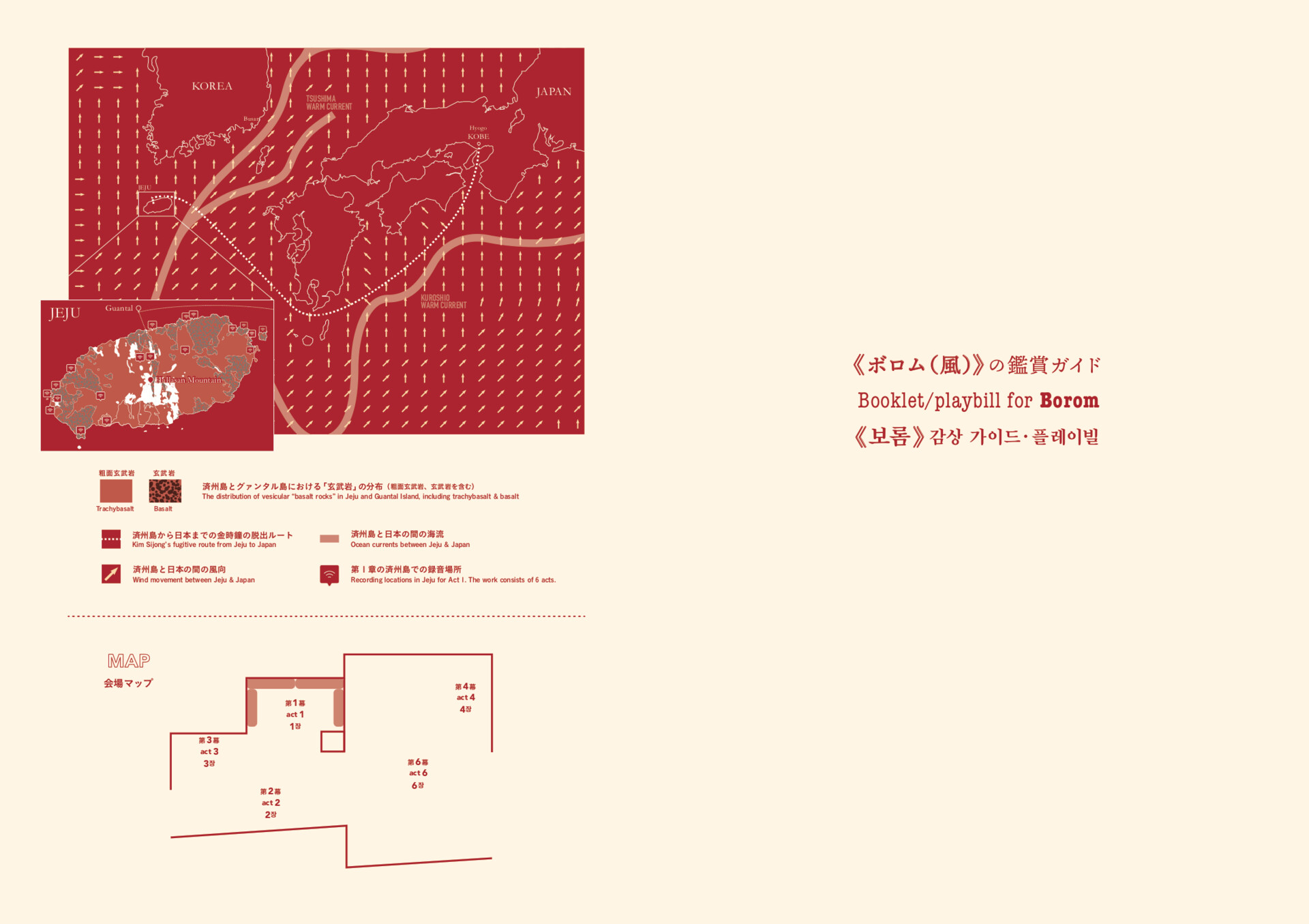WANG Hong-Kai
ワン・ホンカイ

Borom
2020 Multimedia Installation
Dimension variable, Collection of the artist
By definition, the wind is a movement of air, a force, a breath, a scent, an intimation, a point of the compass, or gas generated in the body. In the project Borom ( “borom” stands for “wind” in Jeju dialect), “wind” can refer not only to both strongly felt natural & political forces on Jeju Island, but also to the corporeal and spiritual power that shapes the ways that Jeju looks, speaks, sounds, and lives.
Borom takes the Korean-Japanese poet Kim Sijong’ s fugitive journey from Jeju to Japan in 1949, following his participation in the Jeju 4.3 Uprising as its point of departure, seeking to create a speculative repertoire of the wind’ s movements. This repertoire comprises multimodal encounters between winds, Kim, and other subjects ranging from humans, deities, substances, beings to things. It navigates various webs of relations, such as radical histories, mythologies, landscapes, geology, desires, dangers, refuge, poetry, etc. Between witnessing, dreaming, conspiring, remembering, forgetting, warning, feeling, and listening, Borom asks: what constitutes and constructs various modes of “togetherness?” How is such “togetherness” (or "kinship") being distributed and moved, in the form of air, breath, gas, and agency?
“Wind,” by all means, is amorphous. As such, the form of this work is akin to the dynamics of the wind, moving from one form to another, like a travelling concert that morphs itself with the changing audience, instruments, performers, settings, and so on. The repertoire pulls from multiple subjectivities and follows Kim Sijong’ s memories, traversing from Jeju’ s lands and waters to Japan. Guided by the winds along Kim’ s trajectory, Borom tries to imagine, probe, and germinate other time-spaces where distance and difference can radically connect. Perhaps, in the process of doing this together, other modes of togetherness and networked places, times, and bodies might emerge. And if so, what might such a history as / of the wind mean, and how could it articulate itself?
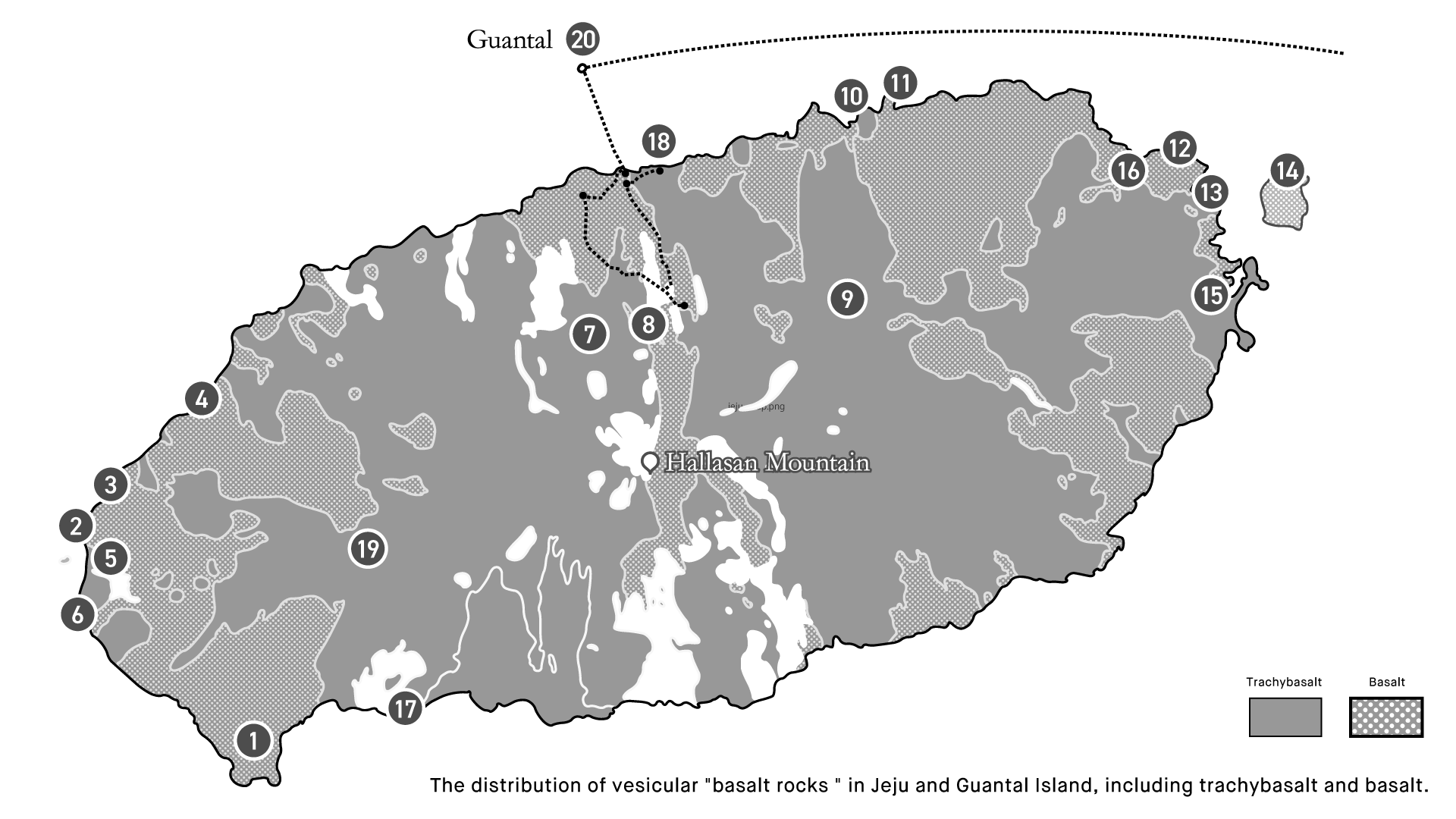
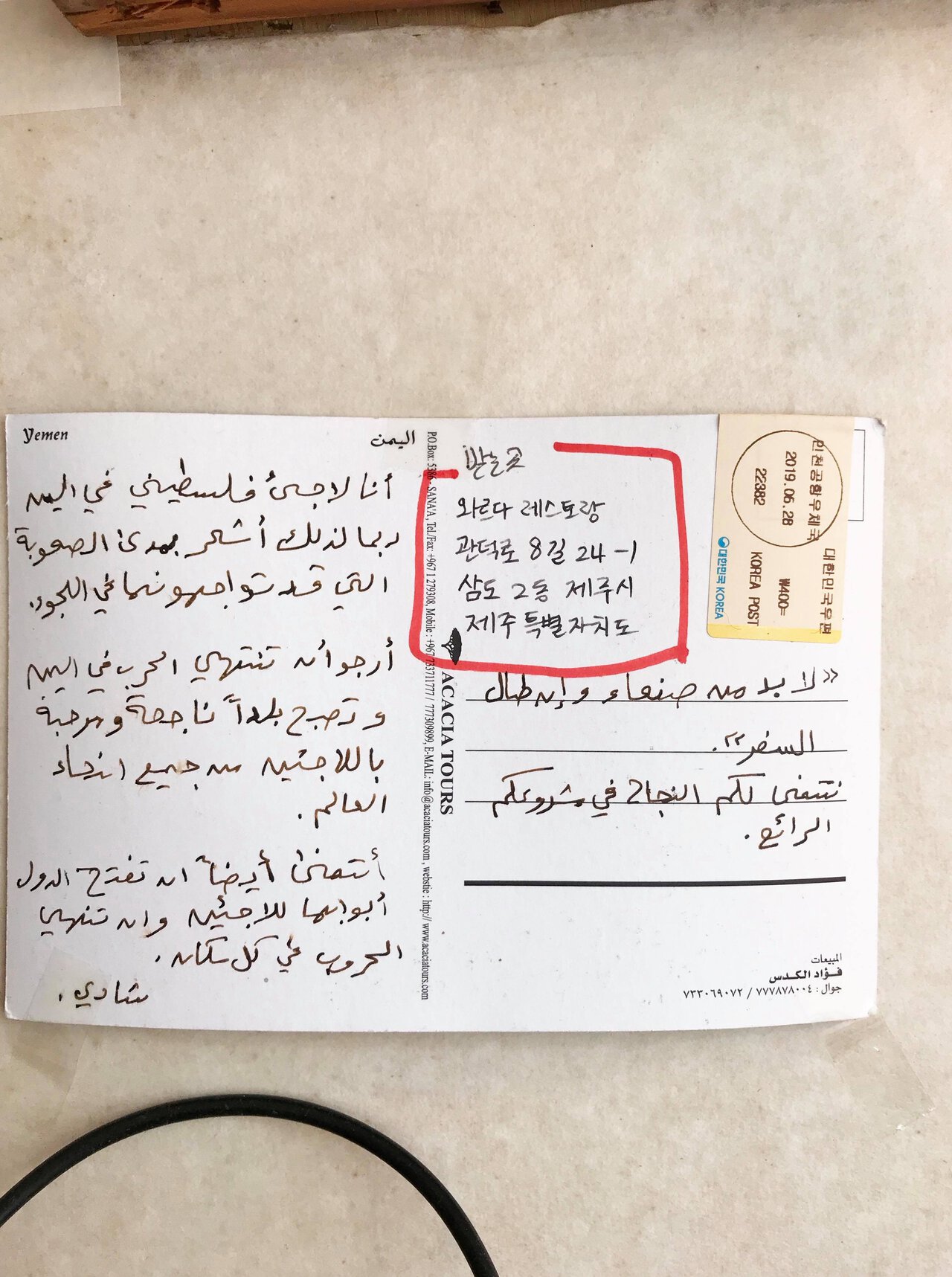
Photo: Hong-Kai Wang
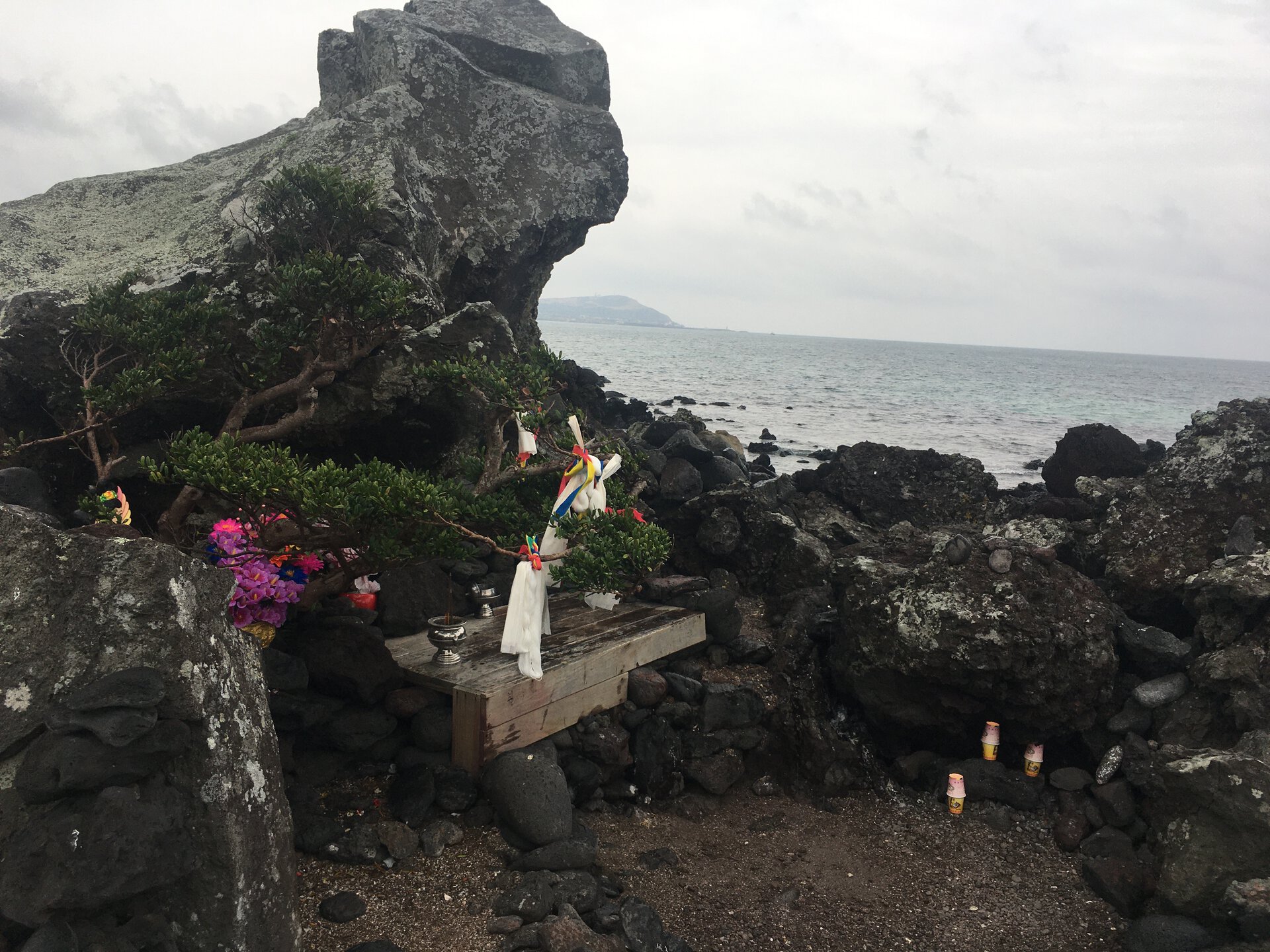
Photo: Kyung-Duck Kang
Special interview & vocal appearance: Kim Sijong
(conducted by Hong-Kai Wang and facilitated by Kang Shinja and Liou Lin-Yu)
Sound recording, design & mixing: Kang Kyung-Duck (LAMP Studio)
Production coordination: Kwon Sanghae
Performers: Hwang Geum-Nyeo, Jung Shin-Ji, Khalid Odeh, Seo Sun-Shil
Shamanic ritual: Oh Yong-Bu
Act 5 playlist: Hope School member
Translation: Helen HY Kim (Korean to English), Kwon Sanghae (Japanese to Korean), Paula Farran (Arabic to English), Tsan Muju (Japanese to Chinese), Fumihiko Sumitomo & Jun Igarashi (English to Japanese)
Kim Sijong’s interview transcription: Hanako Chiba (Japanese)
Proofreads: Helen Kim, Kwon Sanghae, Fumihiko Sumitomo
Research assistance: Zheng Xiaoli
Booklet editor: Kwon Sanghae
Design: Yoshiki Terasawa
Acknowledgement: Baek Gayoon, Bill Dietz, Emily Wang, Han Jin-Oh, Hong Leeji, Hope School, Ho Tzu-Nyen, Kang Shinja, Keijiro Suga, Kim Inseon, Kim Seongnae, Ko Wan-Soon, Lee Dohee, Lee Jun-Ha, Liou Lin-Yu, Nien-Pu Ko, Park Eunhye, Wardah Restaurant, Yin-Ju Chen, Yong Sumi
Commissioned by Arts Maebashi, for the exhibition "Listening: Resonant Worlds" (Dec. 12th, 2020 - Mar. 21, 2021)
Supported by the National Culture and Arts Foundation in Taiwan and Jeju Biennale
Cooperated by Department of Arts Studies and Curatorial Practices, Graduate School of Global Arts, Tokyo University of the Arts

Biography
Born in Huwei, Taiwan,
Wang currently lives and works in Taipei
Hong-Kai Wang’s research-based practice confronts the politics of knowledges lost in colonial and diasporic encounters at the intersection of lived experience, power, and "listening." Through experimental modes of sonic sociality, her multidisciplinary work seeks to conceive of other time-spaces that critically interweave the production of desire, histories of labor, economies of co-habitation, and formations of knowledge. Wang has presented her practice internationally at Museo Nacional Centro de Arte Reina Sofía (radio), Asia Art Biennial 2019, Performing Arts Meeting in Yokohama 2019, Sculpture Center New York, documenta 14, Taipei Biennial 2016, Liquid Architecture, Museum of Modern Art New York among others. She was one of the represented artists at Taiwan Pavilion in the 54th Venice Biennale.
Footnote
Winds blowing, a number of people speaking, voices of prayer, bells ringing... The audience hears many different sounds as such one after another or at the same time. This offers an experience which can be likened to listening to the sound of memories of different places and of the wind vibrating the air which resonates. The places where Wang recorded these sounds are indicated on the map of Jeju Island in Korea, where winds play an important role in the sounds. Winds have carried people to remote places and provided history and myths, as well as fear and hope. Wang is interested in human encounters with non-human beings, such as the worship of spirit considered to be present in the wind. It is a custom becoming lost in modernization and an existence that suggests the potential to transcend the boundaries arbitrarily set by human beings.
In this work, three people cross national borders. One of them is a Palestinian refugee who sent a postcard to the Yemenis restaurant Wardah in Jeju City; one is a Yemenis woman refugee who was a member of The Hope School in Jeju; and the other is a refugee poet who took asylum in Japan after the Jeju Uprising of 1948.
Installation View
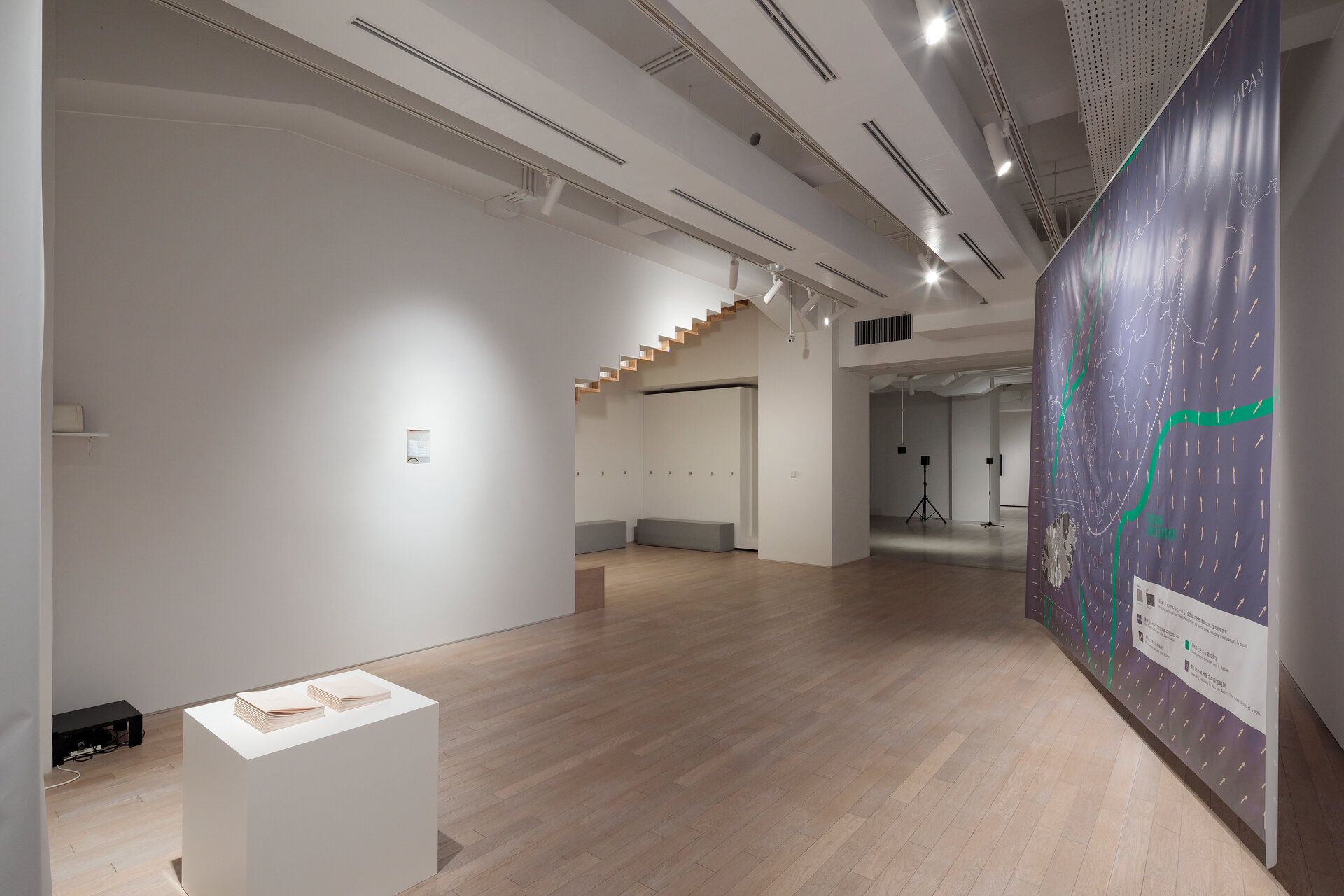
Photo: KIGURE Shinya
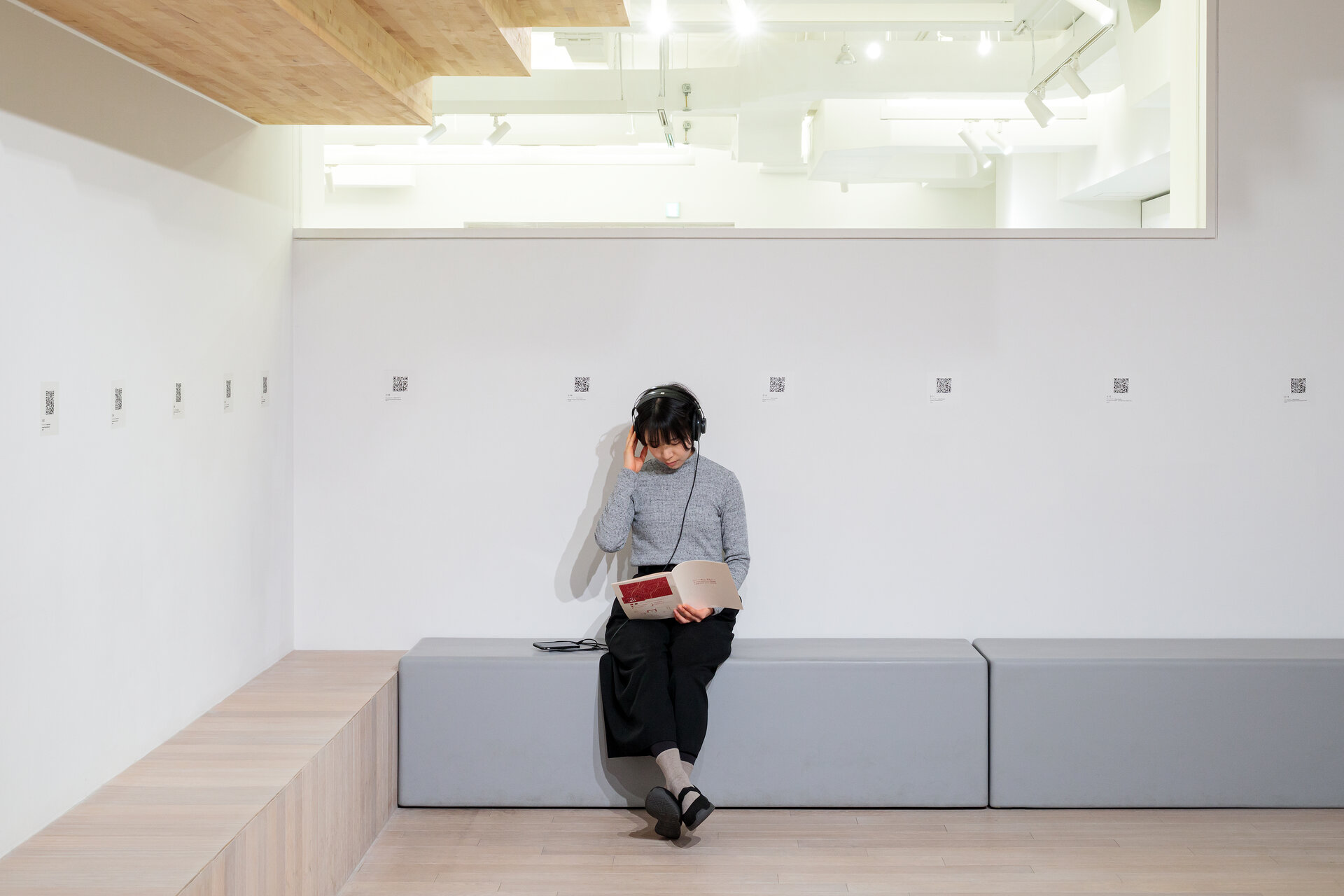
Photo: KIGURE Shinya
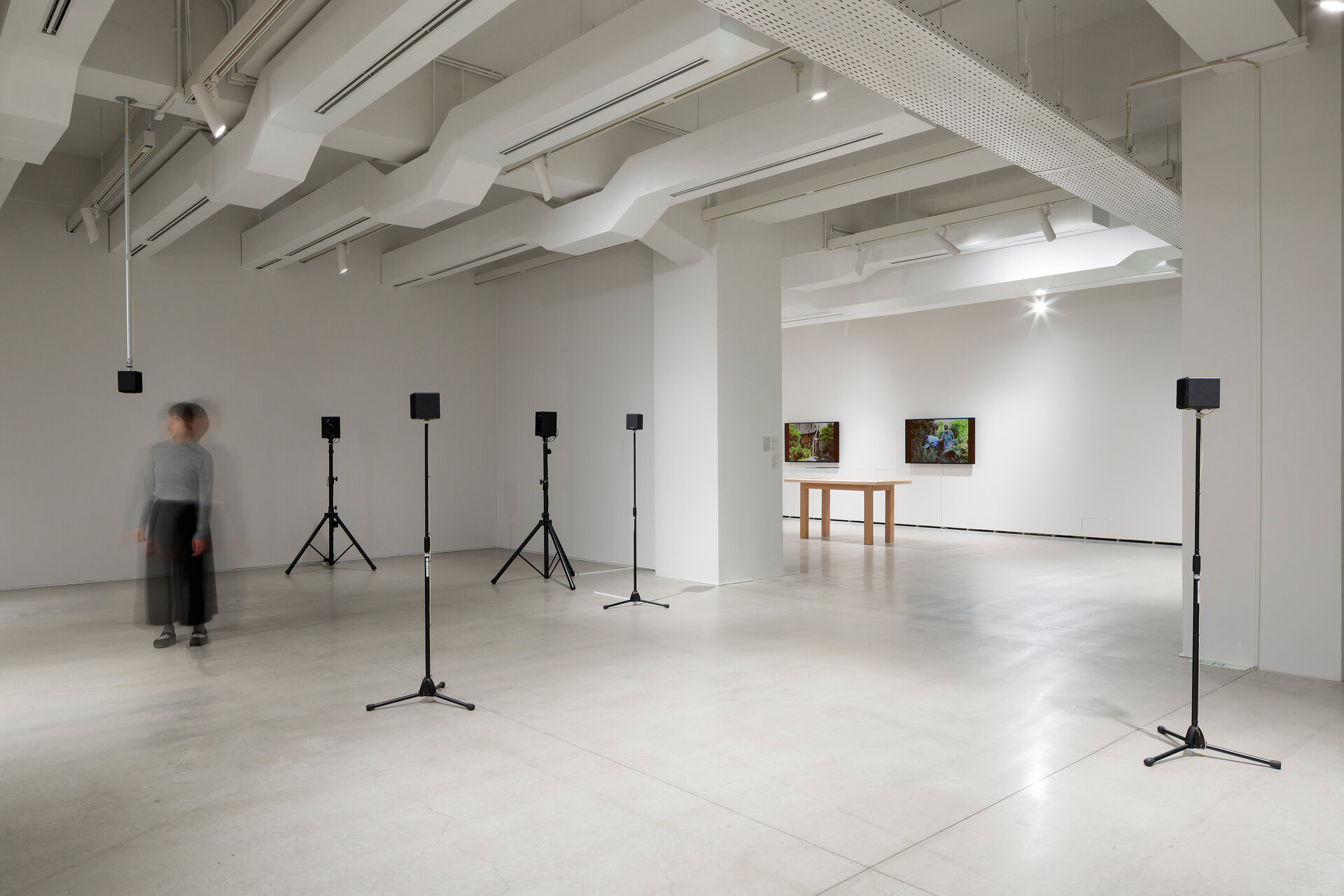
Photo: KIGURE Shinya
WANG Hong-Kai, Borom, 2020
20 audio recordings, 1 channel sound installation with a still photo, 5 channel sound installation, printed map, and printed document (audio in wav file)
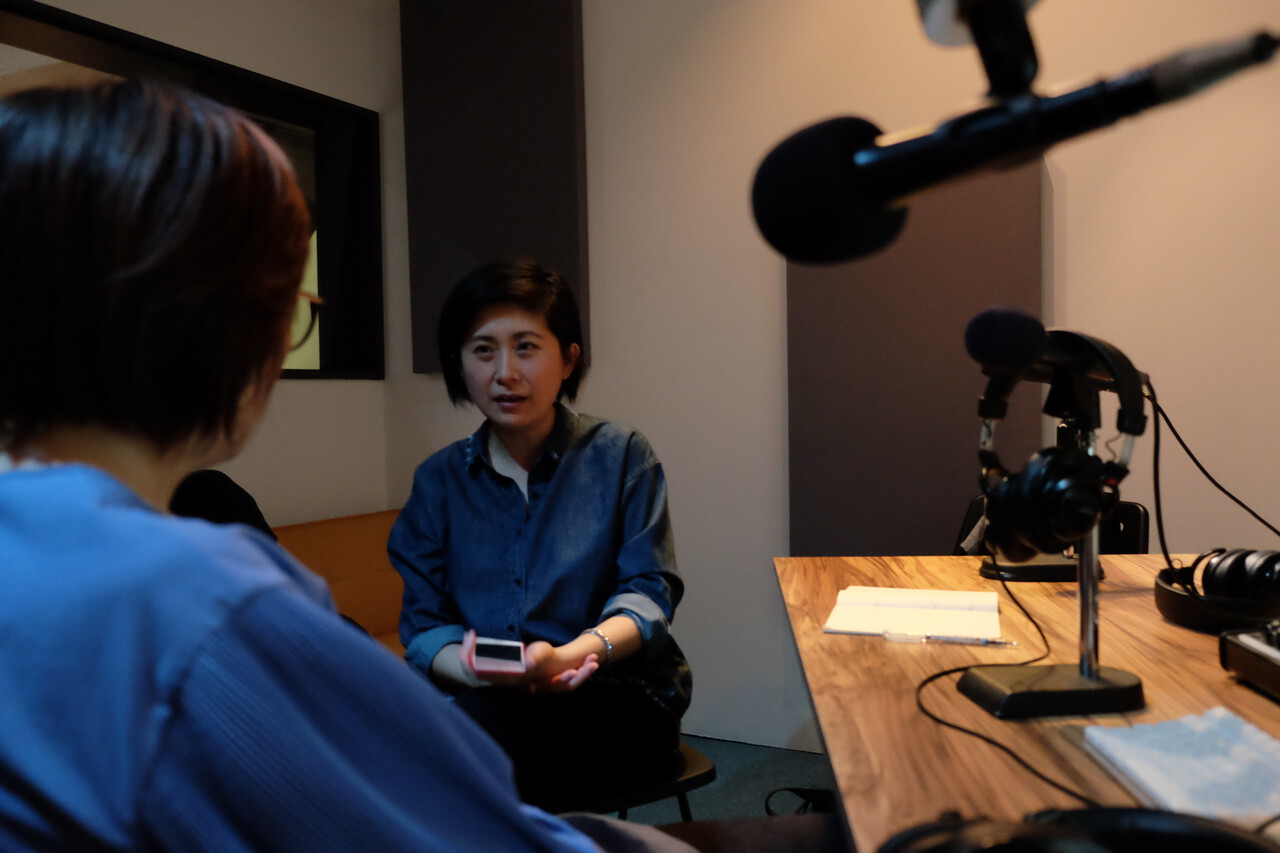
WANG Hong-Kai
Born in Huwei, Taiwan,
Wang currently lives and works in Taipei
Hong-Kai Wang’s research-based practice confronts the politics of knowledges lost in colonial and diasporic encounters at the intersection of lived experience, power, and "listening." Through experimental modes of sonic sociality, her multidisciplinary work seeks to conceive of other time-spaces that critically interweave the production of desire, histories of labor, economies of co-habitation, and formations of knowledge. Wang has presented her practice internationally at Museo Nacional Centro de Arte Reina Sofía (radio), Asia Art Biennial 2019, Performing Arts Meeting in Yokohama 2019, Sculpture Center New York, documenta 14, Taipei Biennial 2016, Liquid Architecture, Museum of Modern Art New York among others. She was one of the represented artists at Taiwan Pavilion in the 54th Venice Biennale.
